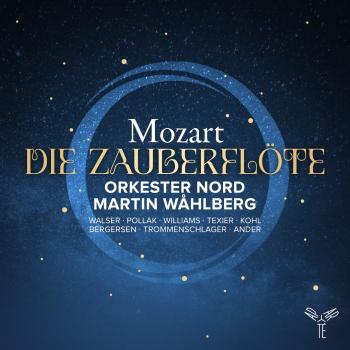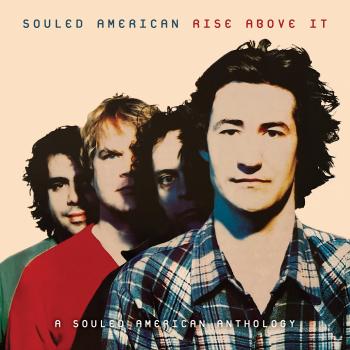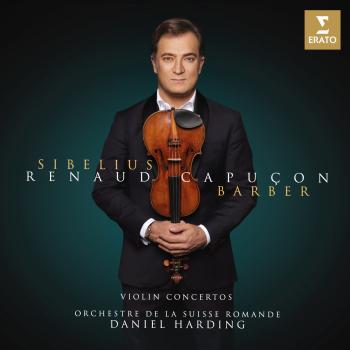
Despite his relatively young age, Norwegian pianist Kjetil Mulelid is considered one of the greats. He is versatile, involved in various projects, wins prizes and now he has done something new: instead of a solo album or a trio recording, the ensemble that has translated his recently released album Agoja into sound includes a dozen fellow musicians. Or 13 performers in total. Will that bring luck?
One thing is certain from the very first bars: It brings sonority. And in a very balanced and pleasantly flattering way. Muleleid performs each of the eight tracks in a different line-up - sometimes as a duo with trumpet, vibraphone or steel guitar, sometimes as a duo with tenor saxophone and trumpet, sometimes as a trio with tenor saxophone, bass and drums; each track has its own character, both in the composition itself and in the sound. This is unusual, but exciting, and it impressively illustrates Mulelid's variability.
It must be admitted that, in contrast to the experiments with the instrumentation, the titles are rather conventional in terms of melody and rhythm. There are no provocations and no real surprises. It's not predictable either, but it still feels familiar. That makes it a nice companion.
In terms of sound, Agoja is equally successful. The pieces are mixed with warmth and leave plenty of space for the instruments to unfold. The stage is always chosen to suit the respective ensemble, the sound sources are perfectly localisable and yet it is not an academic drawing board album on which everyone has their firmly defined, immovable place, stiff and stuffed like in a museum.
With Agoja, Kjetil Mulelid has succeeded in creating a beautiful album that offers a great deal of variety with high musical and sonic quality. Definitely worth a listen. (Thomas Semmler, HighResMac)
Kjetil Mulelid, piano











